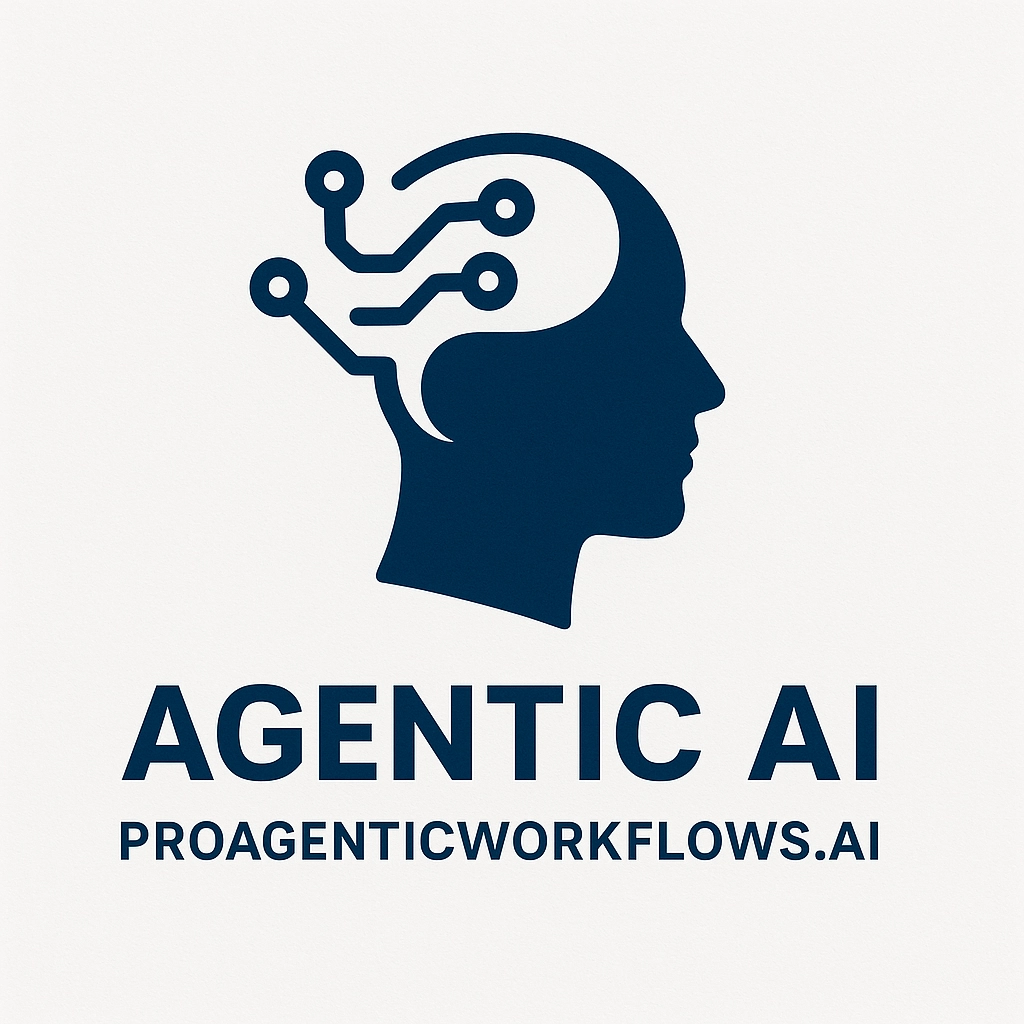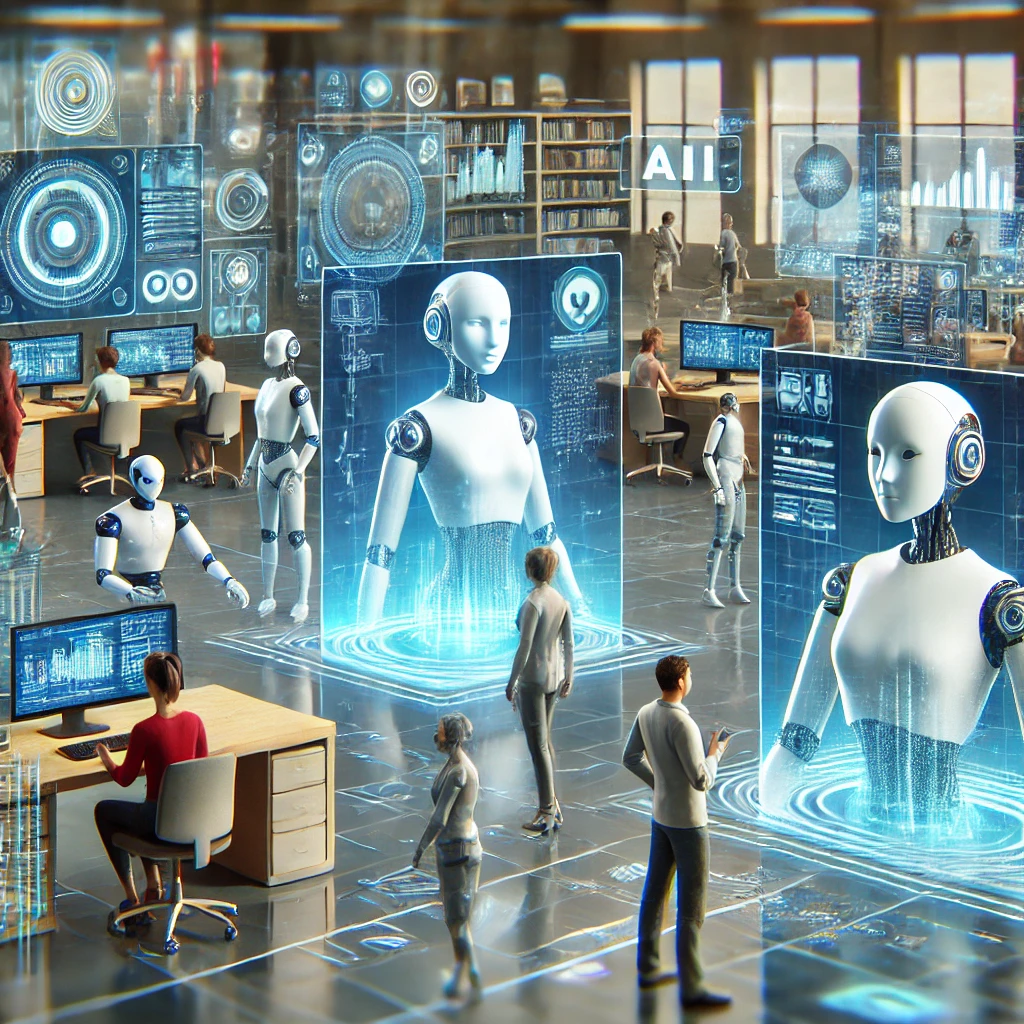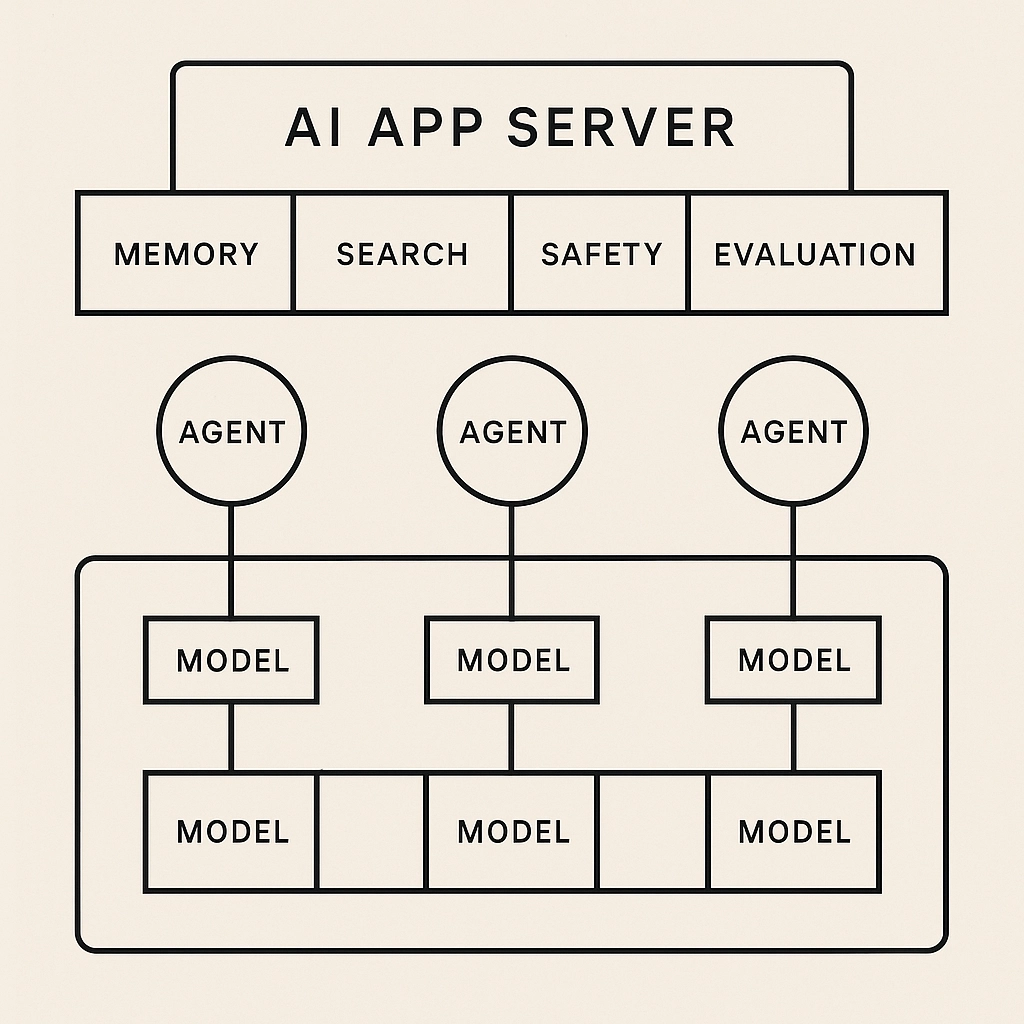The rise of AI agents marks a significant leap from traditional automation and task processing toward a new era of autonomy and intelligence. The development of autonomous AI agents—capable of independent decision-making and dynamic task execution—has disrupted numerous industries, from customer service to complex enterprise workflows. As these agents evolve, they are increasingly redefining how organizations interact with technology, blurring the lines between human and machine.
In this blog, we'll explore the five levels of AI agents, their characteristics, and how generative AI (GenAI) is transforming customer experience and agentic workflows. We will also contrast AI agents with more traditional automation tools like Robotic Process Automation (RPA) and chaining, diving into how they differ in terms of flexibility, reasoning, and dynamic adaptability.
1. The Levels of Autonomous AI Agents
The concept of levels in AI agents refers to their progression from simple task executors to fully autonomous systems capable of reasoning, learning, and acting independently. Here’s a breakdown of the five levels as highlighted by Cobus Greyling in his article on AI agents:
Level 1: Reactive Agents These agents operate purely based on predefined rules and tasks, much like traditional chatbots. They handle structured queries and lack dynamic adaptability, relying on set sequences to execute actions. This is akin to how RPA or simple chaining systems operate today.
Level 2: Contextual Agents Contextual agents advance by maintaining awareness of their environment or state. This allows them to dynamically adapt to changes within their predefined tasks. They utilize basic context handling to refine outputs based on real-time input.
Level 3: Adaptive Agents Adaptive agents can not only react to their environment but also adjust their internal logic or strategies to fit dynamic needs. Machine learning models can be integrated to optimize performance over time, allowing the agent to improve continuously without human intervention.
Level 4: Proactive Agents At this level, agents begin to predict and act proactively. They understand complex user goals and can initiate actions before explicit commands are given. These agents use historical data and real-time analytics to anticipate needs and act ahead of time.
Level 5: Fully Autonomous Agents Fully autonomous agents represent the peak of AI sophistication. These agents are not just reactive or proactive but operate with near-total independence, making strategic decisions across long-term goals. They use generative AI models to handle unstructured data, break down tasks dynamically, and adapt to unseen scenarios without pre-existing scripts.
2. Agentic Workflows vs. Traditional Automation
AI agents stand in stark contrast to traditional automation tools, such as RPA and chaining. RPA systems focus on automating repetitive, predefined tasks with minimal variation. While they are efficient for handling structured data, they struggle when faced with unstructured inputs, ambiguous scenarios, or the need for real-time decision-making. AI agents, however, can operate dynamically, utilizing machine learning and natural language processing (NLP) to perform more sophisticated tasks.
Here are some of the critical differences between AI agents and traditional automation:
Flexibility & Autonomy: AI agents exhibit higher autonomy, leveraging context and reasoning to make decisions, while RPA is rule-bound and static.
Dynamic Learning: AI agents can adapt through learning, improving their performance over time. Traditional RPA, on the other hand, needs manual reprogramming to handle new scenarios.
Task Decomposition: AI agents break complex tasks into smaller subtasks dynamically, whereas RPA tools follow rigid workflows.
Handling Ambiguity: AI agents shine in scenarios with incomplete or ambiguous data, using iterative reasoning cycles to resolve uncertainties. This contrasts with the rigid nature of chaining systems.
3. The Role of Generative AI in Agentic Applications
Generative AI (GenAI) plays a pivotal role in the evolution of autonomous agents by providing a powerful foundation for understanding and generating human-like text, images, and even code. In agentic applications, LLMs (Large Language Models) like GPT-4 are used as the core backbone for handling conversational tasks and generating contextually aware action sequences.
A few applications of GenAI in the realm of AI agents include:
Conversational Interfaces: Agents powered by LLMs engage users more naturally, understanding complex queries and providing meaningful responses in real-time.
Dynamic Task Flow Generation: Instead of relying on predefined workflows, GenAI helps AI agents generate dynamic task sequences. For example, a customer service bot could determine the best solution based on evolving user inputs, adapting its responses and processes accordingly.
Complex Problem Solving: By leveraging reasoning capabilities, agents equipped with generative models can decompose high-level goals into manageable sub-goals, iterating through them to deliver results.
4. Challenges in AI Agent Adoption
Despite their immense potential, AI agents face challenges in terms of latency, cost, and explainability:
Latency: Dynamic task decomposition and reasoning can introduce latency. Ensuring real-time performance is a crucial hurdle in deploying agentic workflows at scale, especially when dealing with decomposing complex, multi-step tasks.
Cost Management: The resource requirements for running AI agents—particularly when integrating LLMs—can be significant. Balancing efficiency and cost is vital, and techniques like prefetching data, parallel processing, and real-time adjustments are used to optimize operations.
Explainability: One of the most significant concerns with AI agents is their lack of transparency. Robust mechanisms for inspecting and understanding the decision paths of these agents are essential for establishing trust, especially in sensitive domains like healthcare and finance.
5. Looking Forward: The Future of Autonomous AI Agents
As AI agents continue to evolve, we can expect them to become more embedded in everyday workflows, transforming industries with their ability to handle unstructured data, make real-time decisions, and adapt to unseen situations. The integration of GenAI, particularly with advancements in LLMs, will further enhance the capabilities of these agents, allowing them to push the boundaries of what is possible in terms of customer experience, personalization, and business automation.
The ultimate goal of AI agents is to minimize human intervention and maximize operational efficiency. With proper integration, they can revolutionize industries like travel, healthcare, finance, and customer support, offering unprecedented levels of autonomy, reasoning, and adaptability.
In conclusion, the progression from reactive to fully autonomous agents represents a paradigm shift in how we think about automation. The rise of generative AI is turbocharging this movement, allowing agents to achieve unprecedented levels of flexibility and autonomy. As these systems continue to evolve, their impact on both industry and everyday life will only grow, offering transformative potential for businesses and consumers alike.






Comments